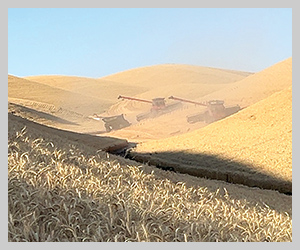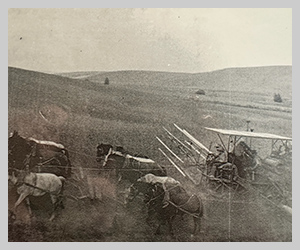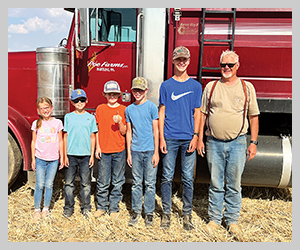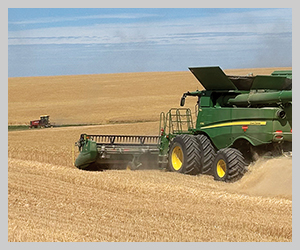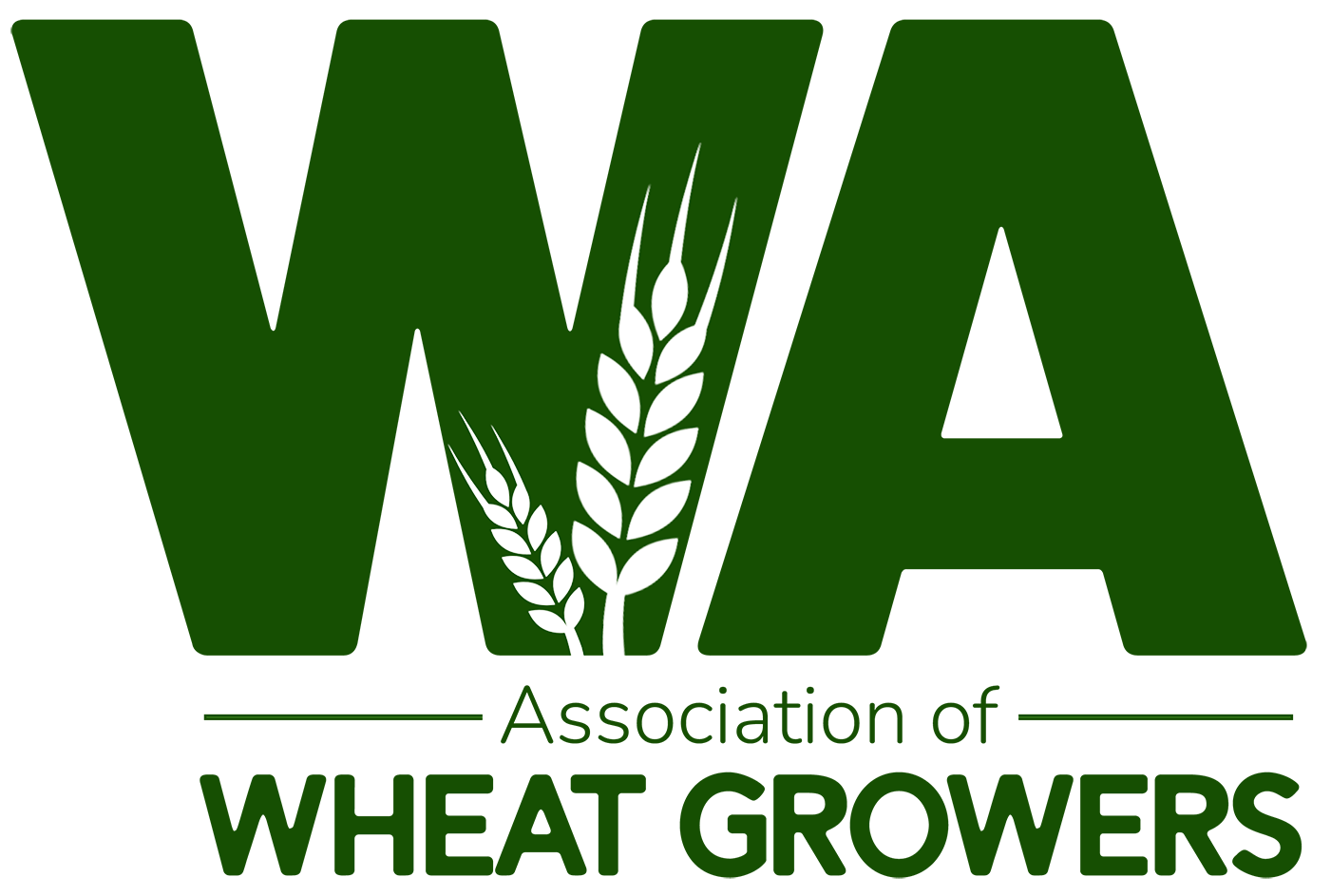Hill, farm bill updates NAWG takes stock of 119th Congress in AMMO webinar
2025March 2025
By Trista Crossley
Editor

The start of a new administration usually brings a flurry of activity, and the second Trump administration is no exception. Fortunately, Jake Westlin, vice president of policy and communications for the National Association of Wheat Growers, was on hand to walk growers through what’s happening on the Hill as part of an Agricultural Marketing and Management Association webinar in mid-February.
On the day Westlin spoke to growers, Brooke Rollins had just been confirmed as agriculture secretary at the U.S. Department of Agriculture. Westlin said NAWG is looking forward to working with Rollins to get the $10 billion in economic and disaster assistance funding that was included in December’s continuing resolution out to farmers. She has stated that getting that funding distributed is a top priority.
“We are looking forward to having people in place who can make decisions,” he said. “Right now, we have ‘acting’ personnel in place, but they aren’t positioned to enact stuff on behalf of the president. They are there to keep things rolling but not to deliver on any new policy directives.”
According to the continuing resolution text, Congress has 90 days to get the disaster and economic assistance money delivered, but Westlin noted that deadlines can slide, especially if it is a complicated or new program. The funding mechanism is meant to be fairly straightforward, but there are still a few things the USDA will have to implement before rolling it out. From a wheat perspective, Westlin said the numbers needed seem to be readily available, and growers will hopefully just need to confirm them. Wheat growers are slated to get approximately 16% of that $10 billion, which works out to about $1.5 billion. In messages to Congress, NAWG is stressing the importance of getting that funding on the ground as quickly as possible.
Besides the disaster and economic assistance funding, NAWG is monitoring proposed budget resolutions, tax legislation, tariffs, and the March 14 expiration of the last continuing resolution.
One of NAWG’s biggest agricultural priorities for 2025 is getting a new farm bill passed. The House and Senate ag committees have some new faces on them. The Senate Ag Committee is chaired by John Boozman (R-Ark.), and the ranking member is Amy Klobuchar (D-Minn.) On the House side, the Ag Committee is chaired by Glenn “GT” Thompson (R-Pa.), and the ranking member is Angie Craig (D-Minn.). Westlin said they are excited to work with new members.
Both the House and Senate ag committees have begun holding hearings on the state of the farm economy. NAWG President Keeff Felty had participated in the Senate’s “Perspectives From the Field: Farmer and Rancher Views on the Agricultural Economy” hearing the week before, detailing some of the challenges he and other wheat growers are facing, and why it is important to get a farm bill done this year, rather than continuing to extend the 2018 Farm Bill.
Other important farm bill considerations growers should keep in mind include:
- •The current 2018 Farm Bill extension expires at the end of September 2025.
- What will the House proposal look like? Last year, the House Ag Committee passed farm bill legislation out, but it didn’t go anywhere. With a narrower majority this year, Westlin said it will be a challenge for Thompson and Speaker Mike Johnson to get the 218 votes to pass something out of the House without some democratic support, especially since there is a segment of Johnson’s caucus that doesn’t support getting a farm bill done. Last year, Thompson got four democrats on the committee to vote with him, but there was still a large number that didn’t support that bill. What tweaks will have to be made to get all Republicans on board or enough Democrats on board to overcome the far right freedom caucus deficit?
- On the Senate side, Boozman and then-Chair Sen. Debbie Stabenow (D-Mich.) were unable to come to any agreement last year. What compromise will have to be struck between Boozman and Klobuchar to bring the legislation together, since, generally speaking, it will have to be bipartisan to get the 60 votes needed to pass the Senate.
Within the farm bill, NAWG will be advocating to protect and strengthen the farm safety net, specifically, looking at ways to make higher levels of coverage more affordable for crop insurance and increasing the $5.50 per bushel statutory reference price for wheat. NAWG has been talking to ag committee staff about how the cost of production has eroded the effectiveness of the current reference price, and it needs to be more reflective of the current on-farm situation.
“As farm bill discussions continue in this new Congress, NAWG will likely have farm bill visits,” Westlin said. “I think your (Washington’s) delegation, by and large, understands the importance of getting a farm bill done, but having these more general fly-ins lets us educate that majority that doesn’t deal with ag much.”
Besides the farm bill, NAWG is also advocating and lobbying around tax policy. The national wheat group is part of an agricultural tax coalition with shared tax principles, including:
- Maintaining stepped up basis.
- Estate tax relief.
- Making lower individual tax rates and expanded tax brackets permanent.
- Making the 199A Qualified Business Income deduction permanent.
- Maintaining Section 170 expensing.
- Restoring 100% bonus depreciation.
- Maintaining 1091 like-kind exchanges.
- Maintaining the 20% capital gains rate.
A recording of the webinar is on the Washington Association of Wheat Growers’ YouTube channel at
https://youtu.be/tL3CPK-JKUk.




